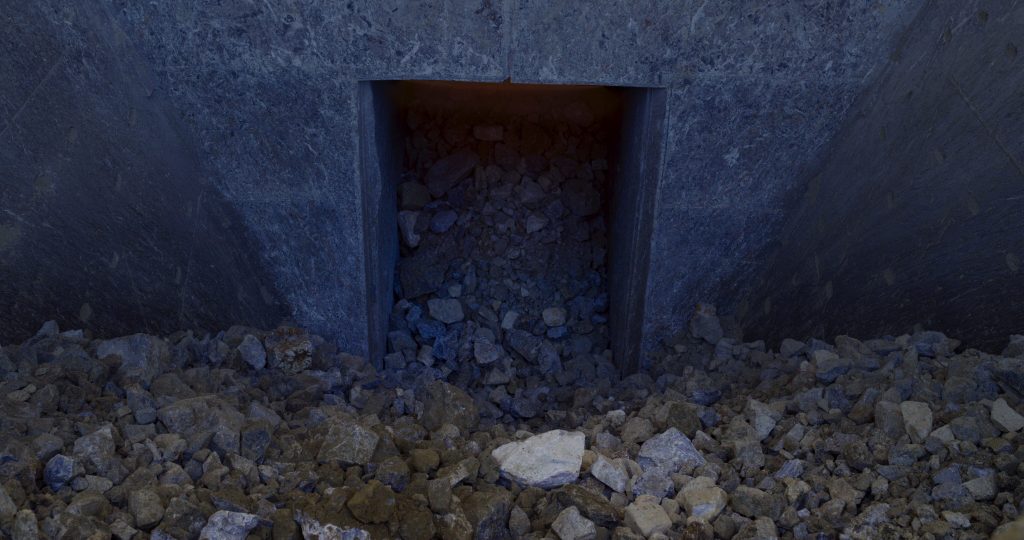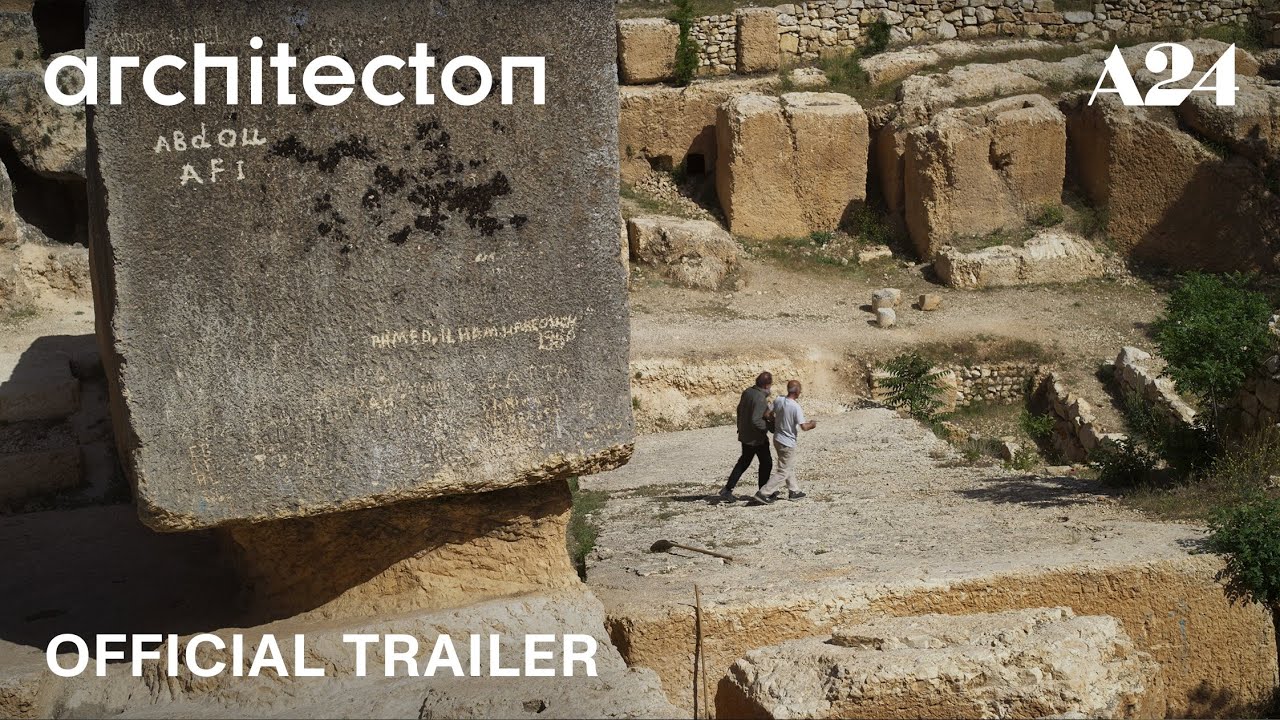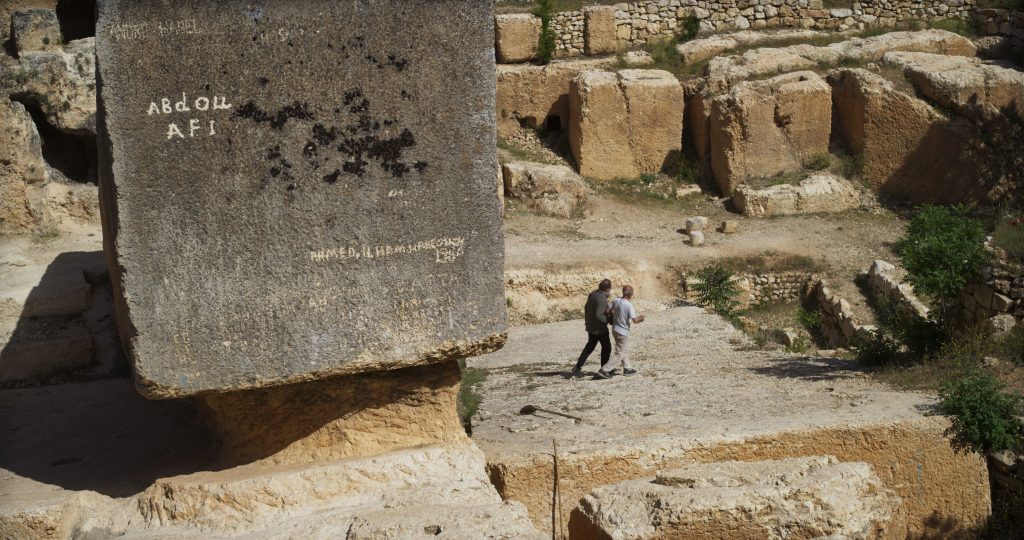In a recent interview with NPR’s Jesse Thorn, the Russian documentarian Victor Kossakovsky laid bare his thoughts about creation. More specifically, he spoke about rocks – “big granite boulders, crushed up gravel, and stunning slabs of marble,” to be even more precise – and how fundamental they are to the makeup of said creations. Kossakovsky, during his appearance on the “Bullseye” podcast, noted that “rocks are alive, in a sense,” and that “all buildings made of rocks should be beautiful – if nothing else, to honor the rock’s sacrifice.” These are beautiful ideas, to be sure, but hard ones to put into practice for most, especially given the traditional way people go about their days. They don’t view the skyscrapers housing their offices as beautiful creations, but as temporary confines in which they must operate for the duration of a workday. External luxuries are noticed in passing, and are potentially awarded the snap of a camera’s lens as a manner of commemoration, but that act is diminished through its brevity. Kossakovsky argues that these creations – and what they are made up of – should be cherished and seen, not merely glanced at.
It makes sense, then, that he also believes that there is no point in making a film unless you are really going to look at something. His 2018 documentary, Aquarela, photographs water and ice in its varying forms all over the world; 2020’s Gunda follows a pig, her piglets, two cows, and a one-legged chicken as they dwell about the farm they call home. Both of those projects featured little to no dialogue, focusing instead on the sounds produced by nature’s many marvelous creations in their given habitats, and painted portraits of worlds we may never think to stop and admire. Kossakovsky’s latest film, the A24-produced Architecton, isn’t much different. Despite the inclusion of intermittent conversations between an architect, artist, and quarryman – who the film’s primary human subject, the Italian architect Michele De Lucchi, hired to help build him a garden – Architecton’s core essence is reliant on its visuals. The crushing of rocks of various sizes and shapes, captured in slow-motion; cracks in an old structure’s foundation, panned across by Ben Bernhard’s attentive camera and displayed in black and white; piles of rubble being transported from a place of collection to a location for proper use, as Evgueni Galperine’s phenomenal techno-adjacent score hums along in the background. (One can imagine The Brutalist’s László Tóth frothing at the mouth at every glorious cut.) The images themselves aren’t necessarily haunting, but Kossakovsky’s framing of stones as societal and cultural building blocks in a universe that has come to prefer the cheaper, more malleable substance of concrete offers a view of a land in turmoil.

Perhaps audiences will clock this central idea from the jump, as Kossakovsky’s 17-minute prologue lends its focus to drone shots of a few partly crumbled apartment buildings in Ukraine. That a banner on the side of one tower reads “Kick russia (written in lowercase on the poster) out of the UN” is no accident, and it’s just one of the many compelling visuals that Kossakovsky utilizes to help drive his distinct narrative. Mother Nature’s influence is one thing, but man-made destruction is a choice, one that is consciously and consistently made in an effort to tear down representations of proper society. And while Architecton is not necessarily a film about communities protesting the violent actions that cause these levelings en masse, shying away from those facts would be a futile effort, one that Kossakovsky is wisely unwilling to commit to. Of the few questions that the picture itself asks out loud, the most pointed one comes from De Lucchi, who wonders to Kossakovsky, “Why do we build ugly, boring buildings if we know how to build beautiful ones?” It’s a notion that, if broadened, ponders something else: Why do we allow hatred to seep into our psyche when beauty is ours for the taking, or perhaps for the making?
Of course, that matter is further complicated by the turn from stone to concrete that drives Architecton’s conflict – insofar as it has one in a, er, concrete sense – and Kossakovsky’s thesis ultimately amounts to contemplating why the world has gone backwards in terms of its architectural standards. It would be far too simple for the filmmaker to merely have that on his mind, so he visually expresses curiosity regarding what that regression says about our current society’s soullessness. It’s an attractive film on the surface, but one that cuts deeper than meets the eye, a consistent element of Kossakovsky’s artistry that only evolves as his observations grow more profound. As he noted in his conversation with NPR, “nature has its own right to be here.” That humanity is eager to make itself the center of the universe as everything surrounding that core collapses, Architecton brutally argues, is rapidly endangering that assertion.
Architecton is currently available on Digital platforms courtesy of A24.

It’s an attractive film on the surface, but one that cuts deeper than meets the eye, a consistent element of Kossakovsky’s artistry that only evolves as his observations grow more profound.
-
GVN Rating 7.5
-
User Ratings (0 Votes)
0
Will Bjarnar is a writer, critic, and video editor based in New York City. Originally from Upstate New York, and thus a member of the Greater Western New York Film Critics Association and a long-suffering Buffalo Bills fan, Will first became interested in movies when he discovered IMDb at a young age; with its help, he became a voracious list maker, poster lover, and trailer consumer. He has since turned that passion into a professional pursuit, writing for the film and entertainment sites Next Best Picture, InSession Film, Big Picture Big Sound, Film Inquiry, and, of course, Geek Vibes Nation. He spends the later months of each year editing an annual video countdown of the year’s 25 best films. You can find more of his musings on Letterboxd (willbjarnar) and on X (@bywillbjarnar).






